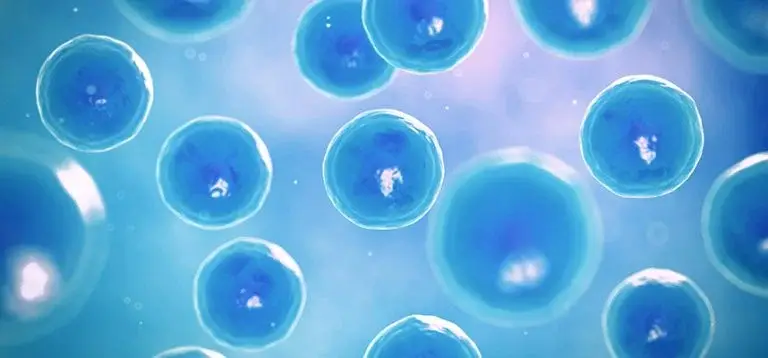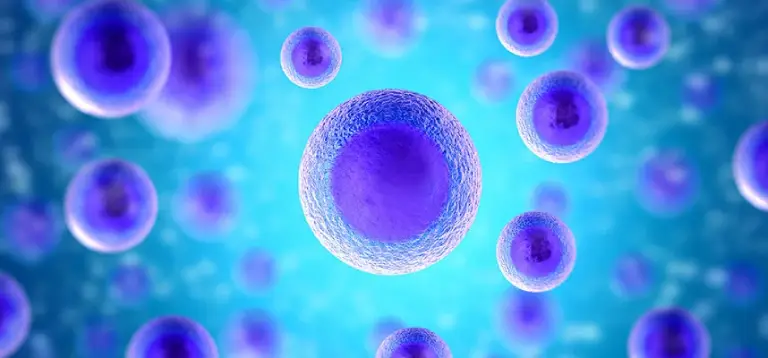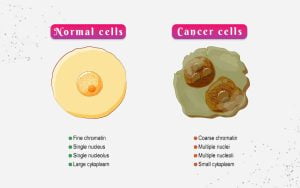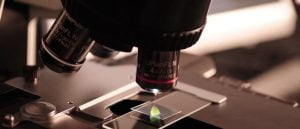
Primary Cells in Advancing 3D Cell Culture for Biomedical Research
Cell Culture techniques enhance biomedical research, notably in drug discovery, cancer biology, and regenerative medicine, and are showing significant promise. In most cases, these procedures entail growing two types of cells in vitro: cell lines and primary cells. Cell lines are groups of cells that have been repeatedly passed over time to avoid senescence and develop homogeneous genotypic and phenotypic traits (examples include A549, HeLa, and HEK 293 cells). On the other hand, primary cells are taken directly from donor tissue and are neither altered nor immortalised.
When compared to cell lines, it is becoming increasingly obvious that employing primary cells in 3D cell culture can provide more physiologically accurate models of in vivo multicellular settings. An additional benefit is that primary cells are better for research into tailored treatments than cell lines. Primary cells have in vitro properties that influence targeted therapies more accurately than cell lines since they remain virtually intact from the source tissue. As a result, primary cells are critical for 3D cell culture advances in drug development, biomedical research, and precision medicine.
The Benefits of 3D Cell Culture with Primary Cells
- Because primary cells, unlike cell lines, have a short lifespan, they retain the same (or very comparable) features as the source donor tissue. Consequently, primary cell cultures, such as fibroblasts and epithelial cells, can provide more biologically relevant cell and tissue models than cell lines. As a result, primary cells are useful in cancer biology and in the screening of anticancer medication prospects.
- Drug screening requires cultured primary cells that replicate the target tissue since they can more accurately identify prospective drug targets, and employing primary cells decreases the expenses of subsequent testing on animals and human clinical trials. Some types of primary cells can be challenging to culture in a typical 2D system, especially if the composition of media is not optimized.
- For example, primary hepatocytes grown as a monolayer on plastic become undifferentiated and die eventually. When entrapped in a 3D collagen gel matrix, they live for three weeks and sustain differentiation for extended.
- Furthermore, primary cells cultivated in 3D cell culture technologies are much more successful in engineering physiologically appropriate cell and tissue models. For instance, to investigate prostate cancer and assist in anticancer drug testing, biomimetic 3D prostate organoids can be developed by cultivating human prostate luminal and basal cells as well as circulating tumour cells in a protein gel matrix.
Conclusion
3D cell culture techniques are advancing research in a number of important biological domains, including cancer biology and drug development. Cell lines or primary cells are the cell types that can be used in cell culture. However, due to the numerous advantages that biologically relevant primary cells have over cell lines, they are rapidly becoming the favoured choice.
Although cell lines are the most common option, they require verification before use, are likely to generate imprecise and inconsistent findings, and may result in higher expenses due to failed animal studies and clinical trials in drug development. Primary cells, on the other hand, are showing promising results in biomedical research. For example, they are developing biologically accurate 3D models of cancer to assist in the design of anticancer drugs. As a result, combining primary cells with 3D cell culture methods could pave the way for future research and drug development, perhaps contributing to the fight against cancer and other life-threatening conditions.






